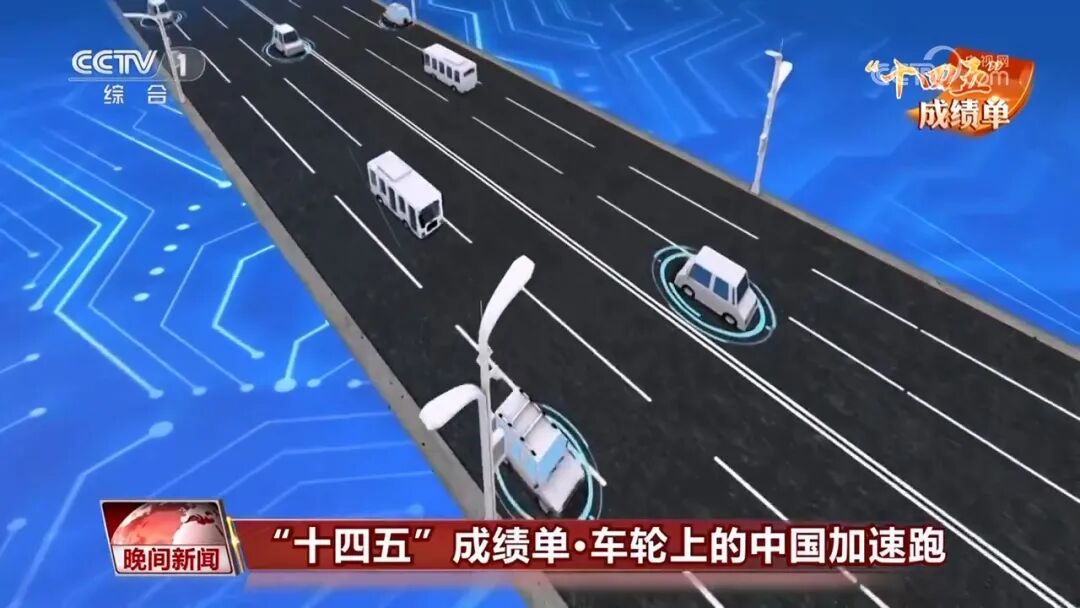During the 14th Five-Year Plan period, China's automotive industry has rapidly accelerated its innovation momentum, transitioning from following to leading the global automotive innovation race, as the nation strides forward to solidify its position as a global automotive powerhouse. Let’s review the achievements of the 14th Five-Year Plan.
The 14th Five-Year Plan Outline emphasized modernizing industrial and supply chains, driving manufacturing upgrades, and prioritizing strategic emerging industries such as new materials, high-end equipment, and new energy vehicles (NEVs).
In 2024, China's total automobile production and sales volume ranked first globally for the 16th consecutive year, maintaining an annual production and sales volume exceeding 30 million units for two consecutive years. Notably, NEVs accounted for 40.9% of total sales in 2024, a surge from just 5.4% in 2020, while NEV production skyrocketed from around 1.4 million units in 2020 to approximately 13 million units in 2024. In 2023, China exported 4.91 million vehicles, surpassing Japan for the first time to become the world's largest automobile exporter. During the 14th Five-Year Plan period, the automotive sector has risen to become China's top economic pillar, with upstream and downstream industrial chain output contributing roughly 10% of the nation’s GDP.
In Guangzhou, a lighthouse factory for new-energy vehicles can assemble eight different models simultaneously on a single line, and a customized car rolls off every 53 seconds.
In the Yangtze River Delta, a new-energy vehicle plant can source every component it needs within a four-hour drive. In Chongqing, an automotive super-factory houses more than 1,000 intelligent devices and monitors the entire production process with an AI-based inspection system.
During the 14th Five-Year Plan period, driving a new-energy car has become ever easier. By the end of August 2025, China had 17.35 million charging connectors; expressway service areas host 38,000 chargers, covering 98 percent of all service areas nationwide. Except for Tibet and Qinghai, every province has achieved “county-level full coverage” of charging stations.
One-touch interaction, human-vehicle conversation… cars now let people entertain themselves, study, chat or simply enjoy the view. More than 50 cities have opened 32,000 km of public roads for intelligent-connected-vehicle testing, and about 10,000 km of roads have been upgraded with smart infrastructure.
Build smarter cars, build smarter roads, build safer systems—through the combined efforts of many parties, “Made-in-China” vehicles are taking off on the wings of intelligence and connectivity, speeding toward a greener, smarter future.
Declaration: This article comes from CCTV.com. If copyright issues are involved, please contact us to delete.
